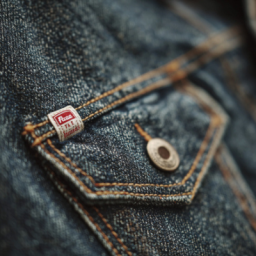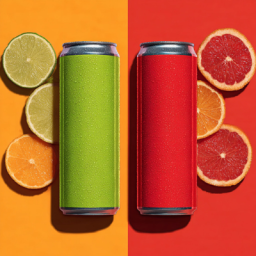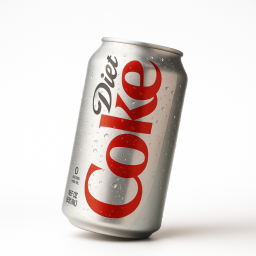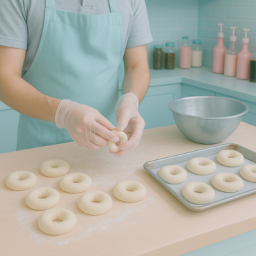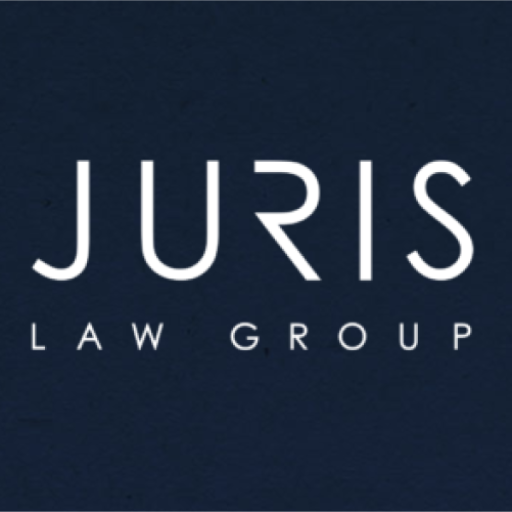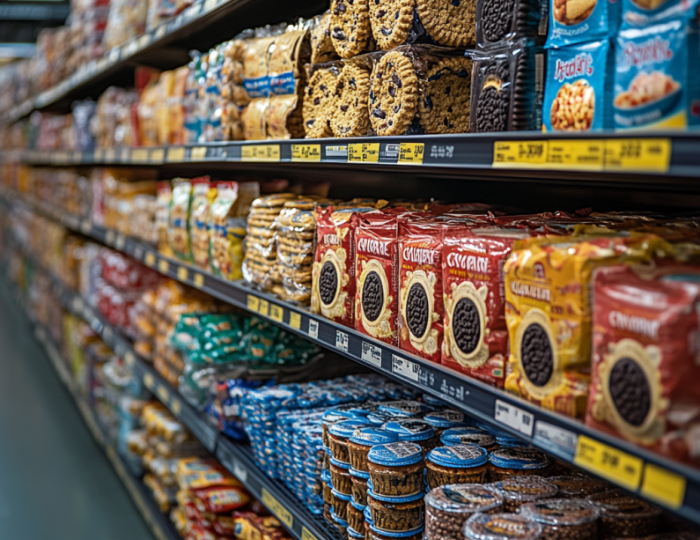
In April 2024, Mondelēz International filed a lawsuit against Aldi in a U.S. federal court, alleging that the discount grocery chain deliberately designed its private-label packaging to closely resemble the iconic branding of Oreos and Ritz crackers. According to the complaint, Aldi’s packaging mimics the color scheme, layout, and presentation of Mondelēz products to the point of deceiving consumers into believing they are purchasing a nationally recognized brand. The lawsuit accuses Aldi of violating federal trademark law through trade dress infringement and unfair competition, and it has reignited debate over how far private labels can go in borrowing from brand leaders.
This case is not only a spotlight on Aldi’s ongoing branding tactics but also a cautionary tale for other food and beverage companies that operate in the increasingly competitive private-label space. It demonstrates how closely packaging design can walk the line between inspiration and unlawful imitation—and how trade dress law plays a critical role in that boundary. The Mondelēz v. Aldi dispute serves as a compelling backdrop for exploring what companies can do to protect themselves from similar claims.
What is Trade Dress and Why Does It Matter?
Trade dress refers to the visual appearance of a product or its packaging that signifies its source to consumers. This can include color schemes, shapes, designs, and even layout. Under the Lanham Act, companies can sue for trade dress infringement if the similarities between two products are likely to cause consumer confusion.
Unlike traditional trademarks, which typically protect names and logos, trade dress focuses on the overall commercial impression of a product. It plays a vital role in consumer recognition and brand loyalty. For many businesses, their packaging is not only a visual differentiator but also an emotional connection point with consumers. As such, trade dress is often as valuable—if not more so—than a word mark or logo.
How Close is Too Close? The Challenge of Packaging Similarities
Brands must strike a balance between creating appealing designs and avoiding imitation. As the Aldi case shows, retailers and private labels can face serious legal consequences if their packaging is perceived as “too similar” to iconic brands. In this case, Mondelēz claims Aldi’s packaging for snack products looks nearly identical to its well-known Oreo and Ritz packaging.
This challenge is particularly pronounced in the private label sector, where many retailers seek to offer products that evoke the look and feel of national brands at a lower price point. While this strategy can increase sales, it can also backfire if the similarity leads to legal action. Courts assess these disputes based on the “likelihood of confusion” standard, which considers factors such as design elements, product placement, target consumer base, and purchasing context.
Companies must also be mindful of unintentional mimicry. Even without deliberate copying, similar design trends across an industry can result in accidental infringement claims. That makes proactive packaging audits and risk assessments essential.
Strategies for Designing Distinctive Packaging
- Invest in Original Branding: Work with designers who understand the value of differentiation.
- Trademark Protection: File for trade dress protection for your product packaging and maintain enforcement.
- Competitive Intelligence: Monitor your competitors’ visual strategies to stay within safe boundaries.
- Legal Review: Engage legal counsel early in the design process to flag risks before launch.
Case Studies of Packaging Disputes
- Coca-Cola v. PepsiCo (UK): A dispute over bottle shapes highlighted how even form factors can be protected.
- Australian Aldi Cases: Courts found Aldi liable in multiple cases for mimicking national brand packaging, including lip balm and cleaning products.
- Two Pesos v. Taco Cabana (U.S. Supreme Court): This landmark decision established that trade dress is protectable without proof of secondary meaning.
Consumer Perception: The Deciding Factor
In court, the central question is often whether the average consumer would likely be confused. Judges and juries examine side-by-side product comparisons, marketing channels, and consumer testimony. If consumers mistake a private label for a national brand, that alone can be enough to establish infringement.
Courts frequently consider how products are displayed on shelves, how much time a consumer spends making a purchase decision (impulse buy vs. considered purchase), and the similarity in marketing language or tone. The more visually crowded or fast-paced the retail environment, the more weight is given to the visual impact of packaging.
In some cases, expert witnesses or consumer surveys are brought in to demonstrate whether actual confusion exists. While these surveys are not determinative, they can strongly influence a court’s ruling. This makes consumer perception both a legal and strategic business consideration.
Global Perspectives: How International Courts View Packaging Infringement
Packaging disputes are not confined to U.S. courts. Multinational companies face a patchwork of trade dress and trademark laws across jurisdictions, which makes global compliance complex.
Aldi’s International Legal Challenges
- Australia: Aldi has repeatedly faced claims of “copycat” branding, losing high-profile cases over products that closely resembled competitors’ packaging.
- United Kingdom: UK courts have been more hesitant to find infringement based solely on packaging but have ruled in favor of national brands when consumer confusion was proven.
Key Differences in Trademark and Trade Dress Law
- United States: Trade dress protection requires distinctiveness and consumer association.
- European Union: The EU recognizes design rights and trademarks but applies stricter tests for inherent distinctiveness.
- Australia: Courts often favor the original brand when the visual overlap is too strong, particularly in fast-moving consumer goods.
Challenges for Multinationals
- Fragmented Regulations: A design legal in the U.S. might be infringing in Australia.
- Varying Evidentiary Standards: What counts as “confusing” in one country may not hold in another.
- Global Enforcement: Protecting brand identity worldwide requires consistent IP registration, monitoring, and local counsel.
Strategies for International Compliance
- Register packaging trademarks in each market.
- Customize packaging for different countries to reduce legal exposure.
- Implement global brand guidelines and compliance checklists.
Best Practices for Avoiding Packaging Litigation
To reduce the risk of litigation while building a strong brand identity:
- Conduct Thorough Trademark Searches: Before going to market, search not just for product names but also for packaging similarities.
- Engage Legal Counsel: Bring in IP counsel early during product and packaging development.
- Monitor Market Trends: Stay alert to emerging design trends and avoid mimicking market leaders too closely.
- Establish Internal Compliance Protocols: Train your marketing and design teams on intellectual property basics.
- Audit Regularly: Review your product lines periodically for potential infringement risk.
Frequently Asked Questions (FAQ)
Question 1: What is the difference between trade dress and a trademark?
A trademark typically protects words, logos, or slogans, while trade dress refers to the overall look and feel of a product or its packaging. Both serve to identify the source of goods, but trade dress must be distinctive and non-functional.
Question 2: Can trade dress be protected internationally?
Yes, but the standards for protection vary widely. While the U.S. recognizes trade dress under the Lanham Act, other countries may offer limited or different protections through design rights or unfair competition laws.
Question 3: How can I know if my packaging is too similar to a competitor’s?
Conduct a comprehensive legal review, engage in competitor analysis, and, if needed, consult a legal team experienced in IP. Consumer surveys and visual audits can also be helpful.
Question 4: What should I do if my company receives a cease and desist letter over packaging?
Do not ignore it. Contact your legal counsel immediately to assess the validity of the claim and determine an appropriate response. It may be necessary to redesign or defend your packaging.
Question 5: How long does it take to register trade dress protection in the U.S.?
The process can take 12–18 months or more, depending on whether the trade dress is considered inherently distinctive or requires proof of acquired distinctiveness. Engaging counsel can streamline the application process.
Final Takeaway
For food and beverage companies, particularly those in the private label or emerging brand space, the risks of packaging litigation are real and growing. The best defense is a proactive brand strategy that prioritizes originality, legal foresight, and global adaptability.
At Juris Law Group, P.C. we help brands navigate the fine line between inspiration and infringement, ensuring your packaging stands out—for the right reasons.
If you have questions about trade dress, trademark strategy, or need a packaging compliance audit, reach out to us here.
